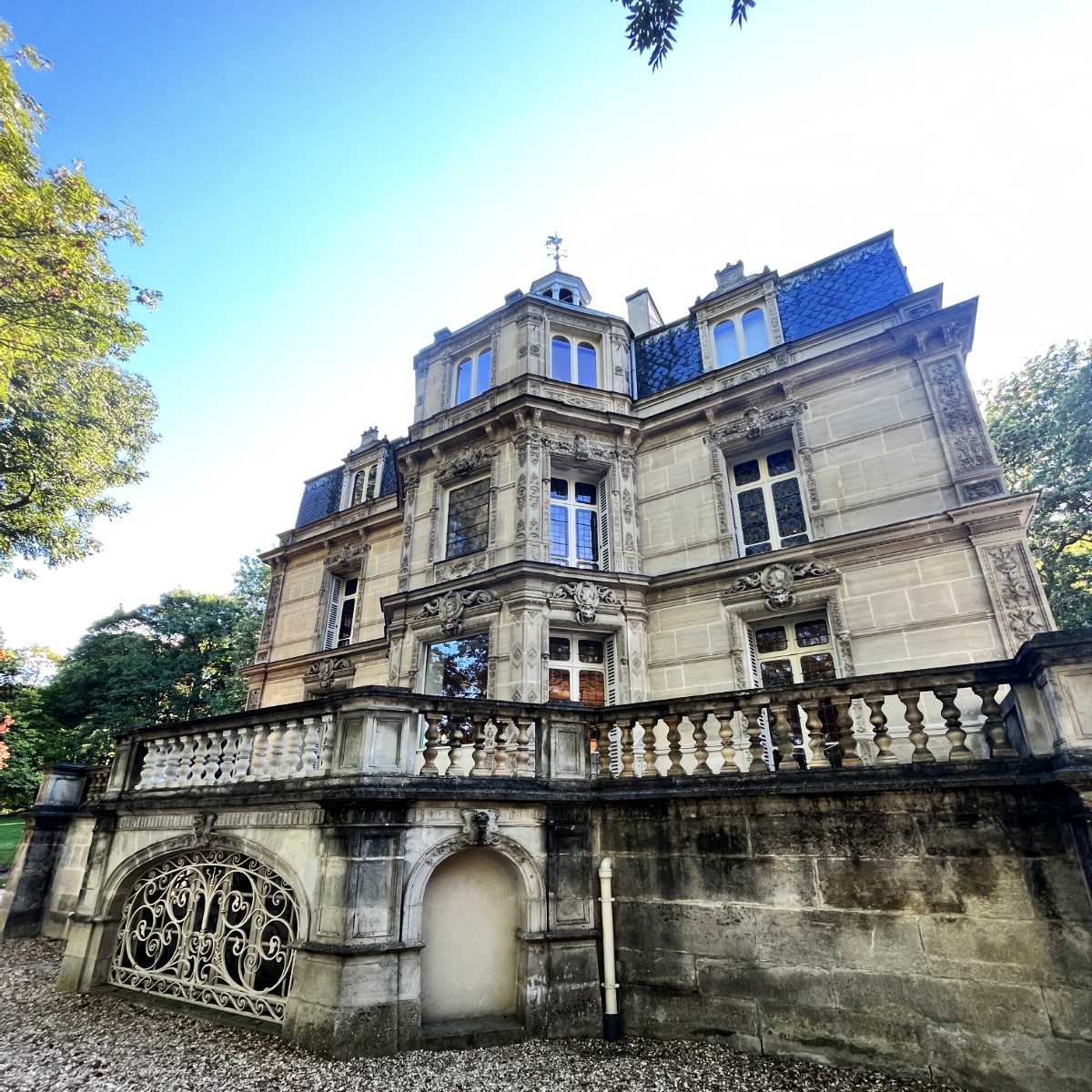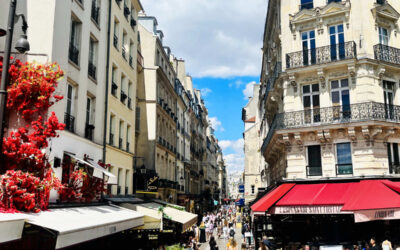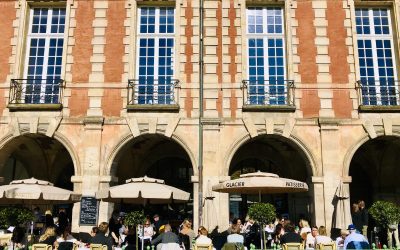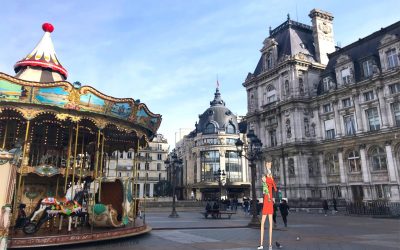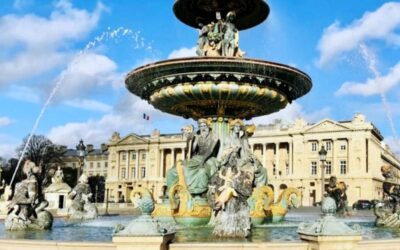While there are plenty of châteaux near Paris, the Château de Monte Cristo is perhaps one of the more eccentric. It was not a royal palace, but a home built by Alexander Dumas.
Alexandre Dumas (the father) is best known as one of the most famous writers in France. Widely celebrated in his own time, Dumas’s writings earned him a healthy income and plenty of fame.
After the release of his best-selling French novels, the Three Musketeers and the Count de Monte Cristo, Alexandre Dumas started looking for a home outside of Paris where he could live and work in the peaceful countryside.
He immediately started looking for a house in the countryside, and fell in love with the area of Port Marly on the Seine river, near the historical Saint-Germain-en-Laye area outside of Paris. Not finding a suitable home, Dumas decided to commission one to be built to his tastes.
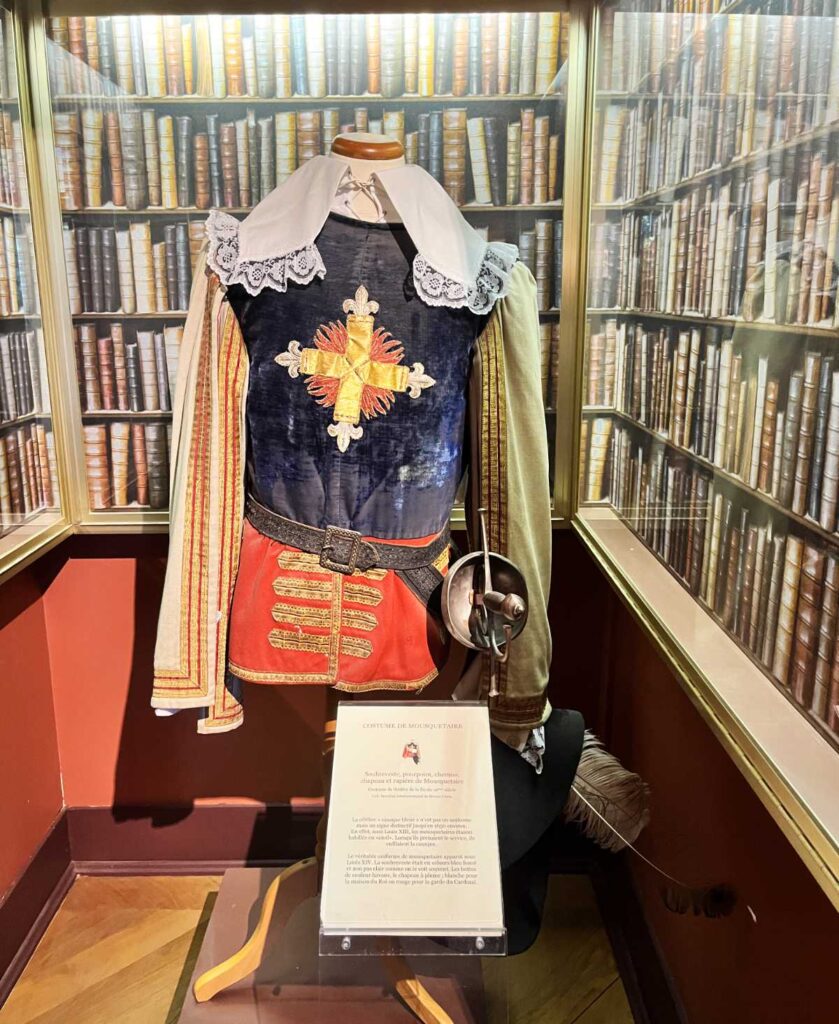
He would build Château de Monte Cristo that still stands to this day, although it has gone through quite a few years of turmoil. The fantastically decorated and themed château is open to visitors all year around, although it is closed at times for special events.
So let’s explore what there is to see at the Château de Monte Cristo, shall we? Allons-y!
The History
Dumas was a prolific writer, with over 500+ known works consisting of adventure stories, romance novels, travel journals, essays, plays, fictional mysteries, and more.
He was not the wisest with his money, often living on credit to fund a rather extravagant lifestyle. Upon finding a hillside with a beautiful view of the Seine river, Dumas had a large château constructed exactly to his tastes.
After spending quite a bit of money, he named it the Château de Monte Cristo after his successful novel. On the 25th July, 1847, he hosted a large housewarming party of over 600 people with friends, family and admirers.
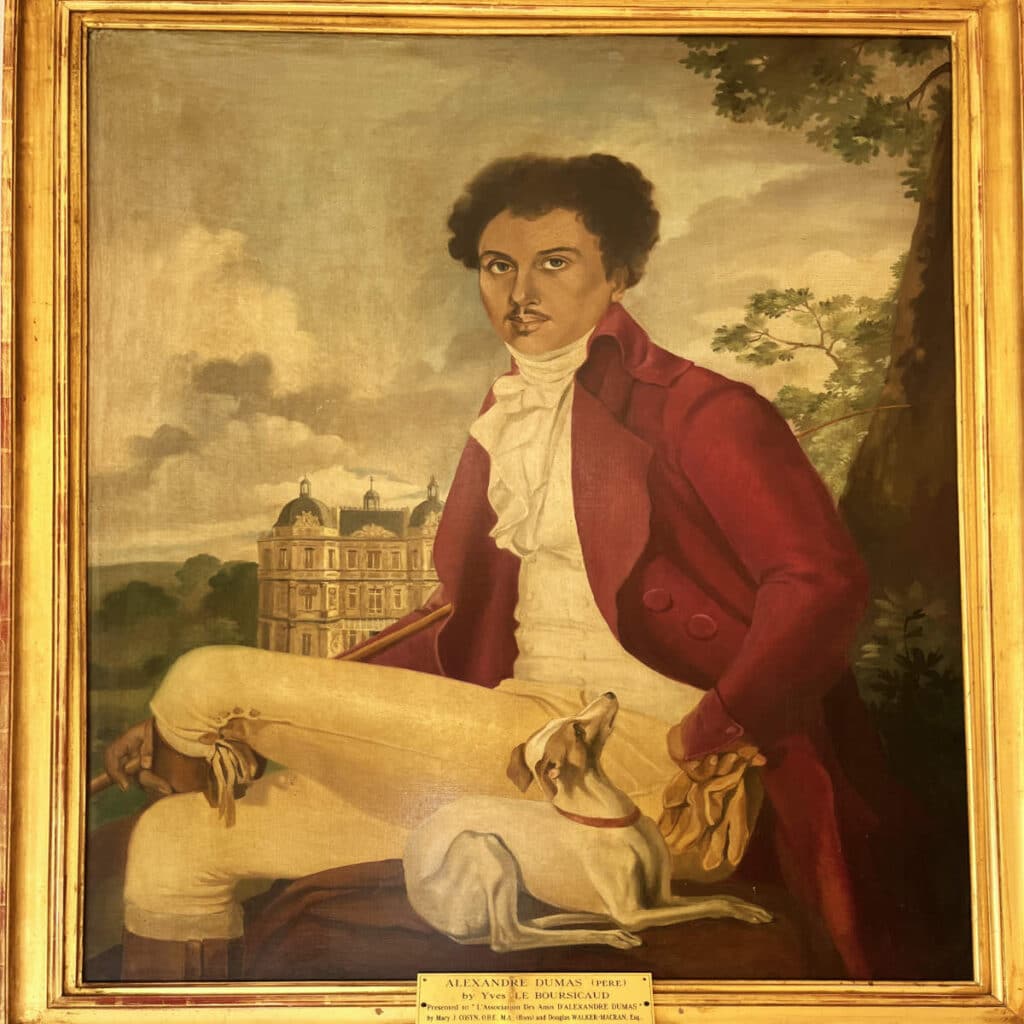
However, almost as soon as the château completed construction, the revolution of 1848 brought Dumas’s finances to its knees.
On February 10, 1848, the tribunal of the Seine ordered the sale of the Château de Monte-Cristo to pay the alimony and the 120,000 francs in spousal support due to his ex-wife Ida Dumas.
In 1851, threatened with bankruptcy, Dumas went into exile in Brussels. Dumas eventually returned to Paris, and continued to live at Château de Monte Cristo, which had been purchased by a benefactor also named Dumas.
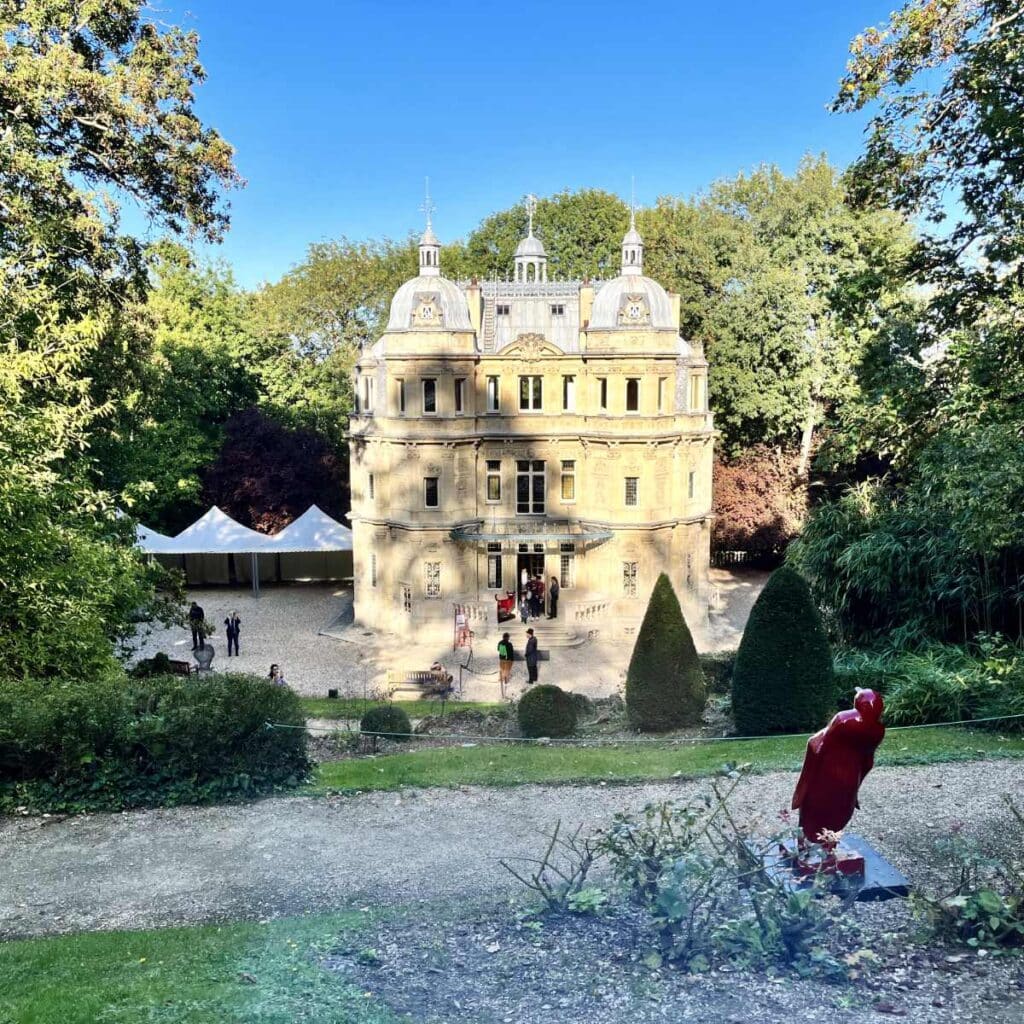
After Alexandre Dumas’s death in 1870, the château fell into disrepair and passed through several owners. It was eventually purchased by the surrounding municipalities and restored.
Today the château is open to the public for visits, private events, and other special occasions.
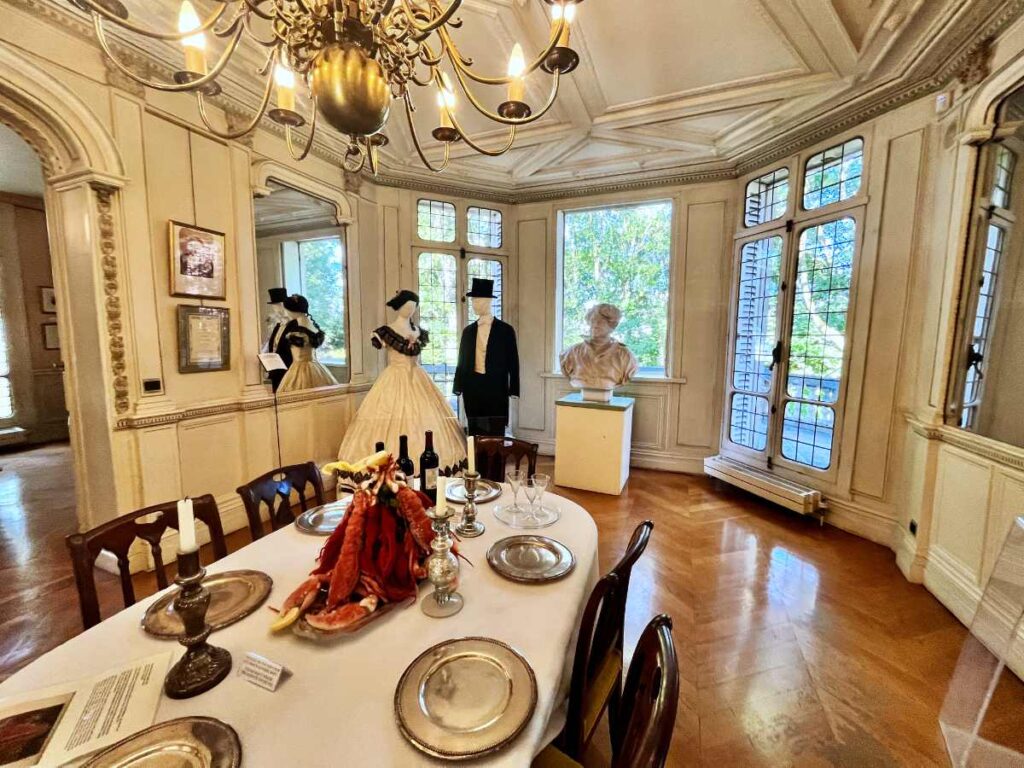
Inside the Castle
The large manor house at the Château de Monte Cristo was built by renowned architect of the day Hippolyte Durand. He wanted a “renaissance-style” château with built to his tastes.
Inside the château, the ground floor houses several salons and the dining room, and kitchens. On the first floor sits the library and the famous Moorish living room, along with the bedroom and washroom.
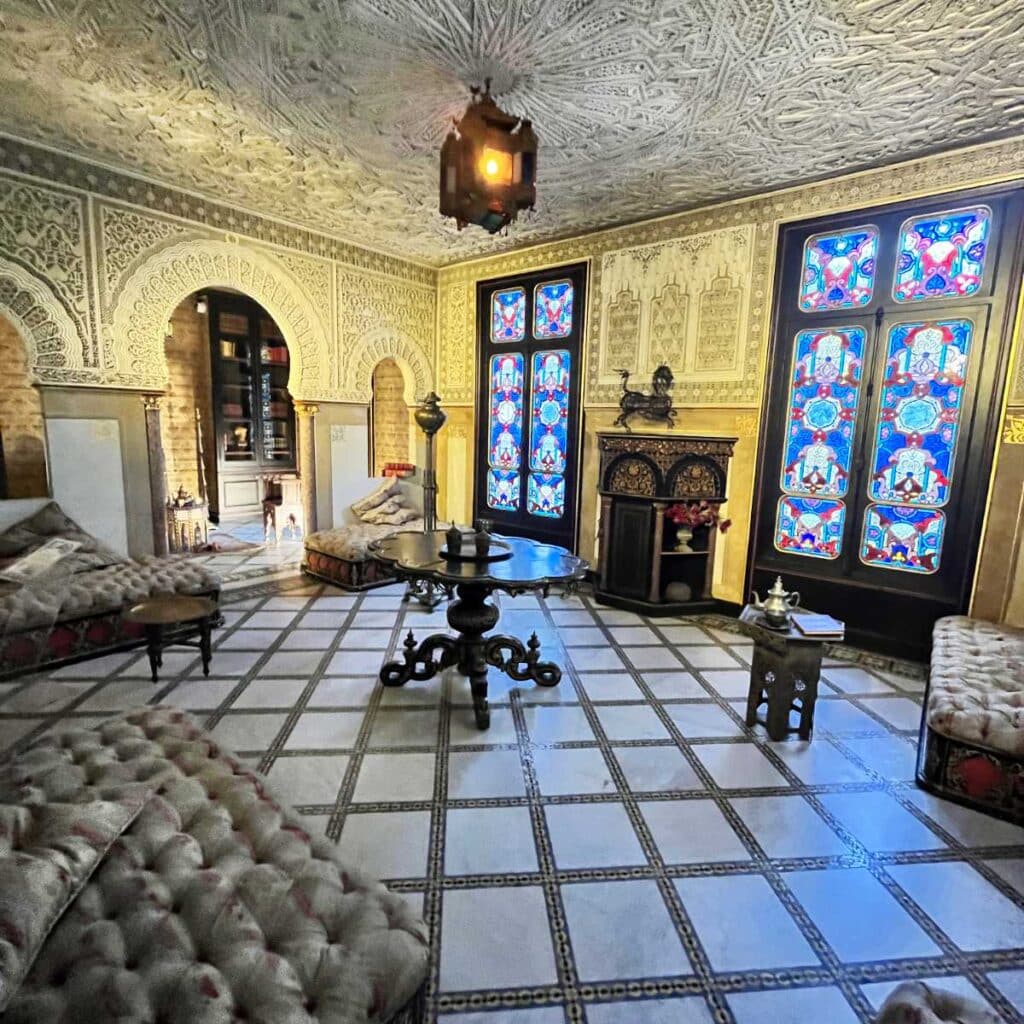
Motifs about his areas of interest like history, arts and nature decorate both the exterior and interior. Small angels, musical instruments, weapons, animals, etc, can be seen all throughout the château.
On the top of the entrance door is the coat of arms with 3 eagles of the Davy de la Pailleterie family to which Dumas belonged. (Dumas’s father was the illegitimate son of the Marquis de la Pailleterie and an African-Caribbean slave named Marie-Cessette Dumas. Alexandre Dumas usually went by his slave-grandmother’s name, not the name of his grandfather Marquis. )
In addition, you can see the author’s personal motto “J’aime qui m’aime”, meaning “I love who loves me”. (Dumas was known for having many mistresses.)
The Gardens
The gardens on the grounds of Château de Monte Cristo were to be laid out “à l’anglaise” (meaning in an English-style) with grottos, ornamental rocks and small waterfalls.
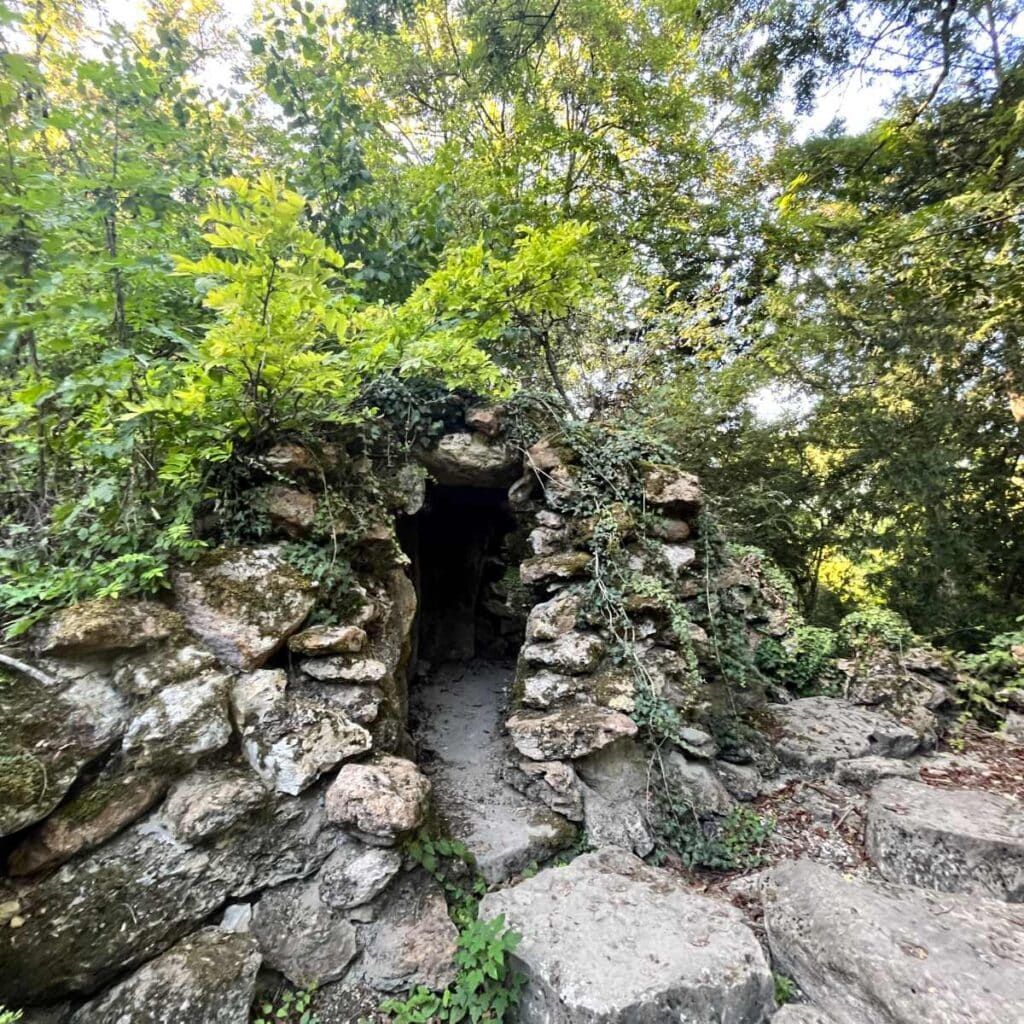
Across from the main château, there is also a miniature house with its own small moat that was built to be Dumas’s writing studio. Dumas named the office “the Château d’If” (for an island off of Marseille) that Dumas had featured in several novels.

How to get to there?
The Château de Monte Cristo is not the easiest to get to unfortunately. You can take the RER A train from Chatelet station in Paris to Saint-Germain-en-Laye and walk about 1.1 miles (1.9km) to the Château.
You can also drive there as there is a parking lot at the château for free parking.
How long does it take to visit?
The Château de Monte Cristo is not very large and will likely take a couple of hours to explore, along with its gardens. I would set aside a 1/2 day for the visit so that you are not rushing.

If you enjoyed that article, you may like to read more about other day trips from Paris. A bientôt!
